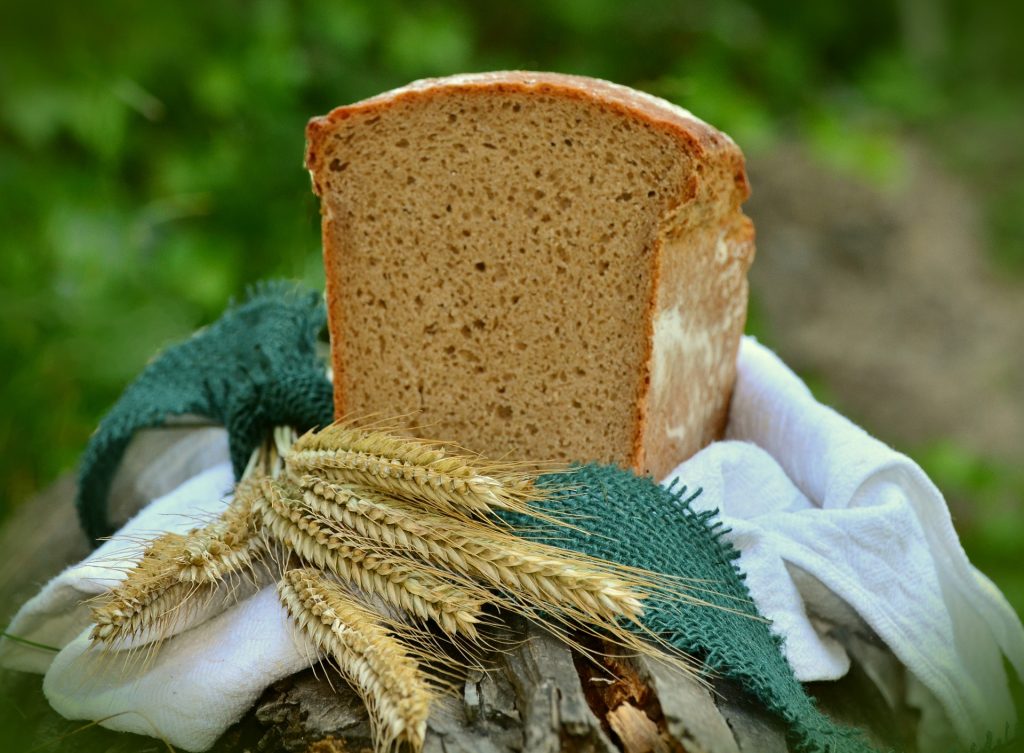Barley may be best known as an ingredient in beer, but it is also an important cereal grain worldwide, as well as a source of numerous health benefits.

Why Eat Barley?
- Barley is higher in fiber than most whole grains, especially soluble fiber which slows down digestion and makes you feel full longer.
- Whole grain barley is a good source of cancer-fighting antioxidants.
- Eating barley can help lower blood pressure, “bad” cholesterol (LDL), and help reduce the risk of heart disease.
- Recent studies have shown that eating barley may help control blood sugar levels.
Varieties
There are dozens of varieties of barley, but most fall into the following three categories:
- Pearled — The inedible hull has been scraped off, which also eliminates much of the bran layer (See the Whole Grains diagram). This is the most common but least nutritious variety. 1/2 cup cooked provides about 97 calories, 2 grams of protein, and 2 grams of fiber.
- Hulled — The hull is removed more carefully, leaving most of the nutritious bran layer intact.
- Hull-less — This type of barley grows in a looser hull, so it does not need to be “pearled.” 1/2 cup cooked provides about 113 calories, 4 grams of protein, and 5 grams of fiber.
How Do I Use Barley?
- Choose hulled or hull-less barley for the most nutrition.
- Whole grain barley has a long cooking time (50-60 minutes, or slightly longer at high altitudes), so it can be helpful to make a large batch, then freeze or refrigerate smaller quantities for later use.
- See the panel for several tasty ways to enjoy the health benefits of barley!
Did You Know?
Barley is not just for soup. Here are some other great ways to add barley to your meals:
- Breads
- Burgers
- Casseroles
- Chili
- Cookies
- Hot cereal
- Muffins
- Pancakes or waffles
- Pilaf
- Risotto
- Salads
- Stir-fries
- Stuffed peppers or
squash - Stews


